Pilot Project at St. Mary’s Biosphere Reserve Informs Development of Single-Use Plastics Ban Awareness Program
Paragraph 1: Introduction to the Sensitization Project
The communities nestled within the picturesque villages of Cayon, Keys, Canada Estate, and Ottley’s, located in the heart of St. Kitts, are embarking on a transformative journey. Over the coming months, these communities will serve as the focal point of an extensive sensitization project aimed at reducing and ultimately eliminating plastic pollution. This initiative, aptly titled "Sensitisation on the Elimination of Single-Use Plastics in the St. Mary’s Biosphere Reserve," holds immense significance for the preservation of the region’s unique ecological treasures.
Paragraph 2: Significance of the St. Mary’s Biosphere Reserve
The St. Mary’s Biosphere Reserve, a designated protected area, stands as a testament to the rich biodiversity that thrives within St. Kitts. Encompassing a diverse range of ecosystems, from lush cloud forests and vital mangrove habitats to vibrant coral reefs, the reserve plays a crucial role in maintaining the delicate balance of nature. Recognizing the importance of safeguarding this ecological haven, UNESCO has stepped forward to fund the sensitization project, which is being diligently implemented by the National Man and the Biosphere (MAB) Committee.
Paragraph 3: Aligning with National Plastic Ban Efforts
The project, conceived in 2022, serendipitously aligns with the current administration’s proactive approach to tackling the pervasive issue of single-use plastics. With a phased ban on these environmentally harmful materials already in effect, the sensitization project serves as a valuable guide for the nation’s transition away from plastic dependence. The project’s first crucial step involves conducting a comprehensive survey to gauge public perception and behavior regarding the plastic ban.
Paragraph 4: Unveiling Public Perception and Behavior Through Surveys
The survey, set to commence on February 19, 2025, and spanning two weeks, aims to delve into the community’s understanding and acceptance of the plastic ban. It seeks to explore how residents perceive plastics, their household practices in response to the ban, and the perceived positive outcomes arising from this transformative measure. Furthermore, the survey will investigate opportunities for small businesses and individuals to engage in the creation and sale of eco-friendly alternatives to plastics, such as reusable cloth bags, fostering a sustainable economic transition.
Paragraph 5: Collaborative Stakeholder Engagement and National Consultation
Beyond the survey, the project, scheduled to continue until September 2025, encompasses a crucial national consultation with key stakeholders. This collaborative platform will facilitate the sharing of valuable insights gleaned from the survey and foster discussions on effective strategies for promoting sustainable practices. The project adopts the engaging moniker "KABbing the MAB," representing Knowledge, Attitudes, and Behaviors, to encourage widespread community participation in the sensitization campaign, ensuring a comprehensive understanding of the current landscape.
Paragraph 6: Empowering Local Practices and Aligning with Phased Ban Implementation
The data collected through the sensitization project will prove invaluable in shaping informed decisions at both local and international levels. By disseminating the findings to UNESCO Headquarters in Paris and other relevant bodies, the project aims to contribute to global best practices in plastic waste reduction. Moreover, the information will empower local authorities to adopt effective strategies, facilitating a smooth transition away from single-use plastics. This becomes particularly critical as the phased ban progresses, with upcoming restrictions on plastic t-shirt bags, styrofoam food containers, plastic straws, cups, plates, and utensils, culminating in a comprehensive ban by November 30, 2025. The “KABbing the MAB” campaign signifies a crucial step in fostering a collective responsibility towards environmental stewardship and ensuring a sustainable future for the St. Mary’s Biosphere Reserve and beyond.
Share this content:
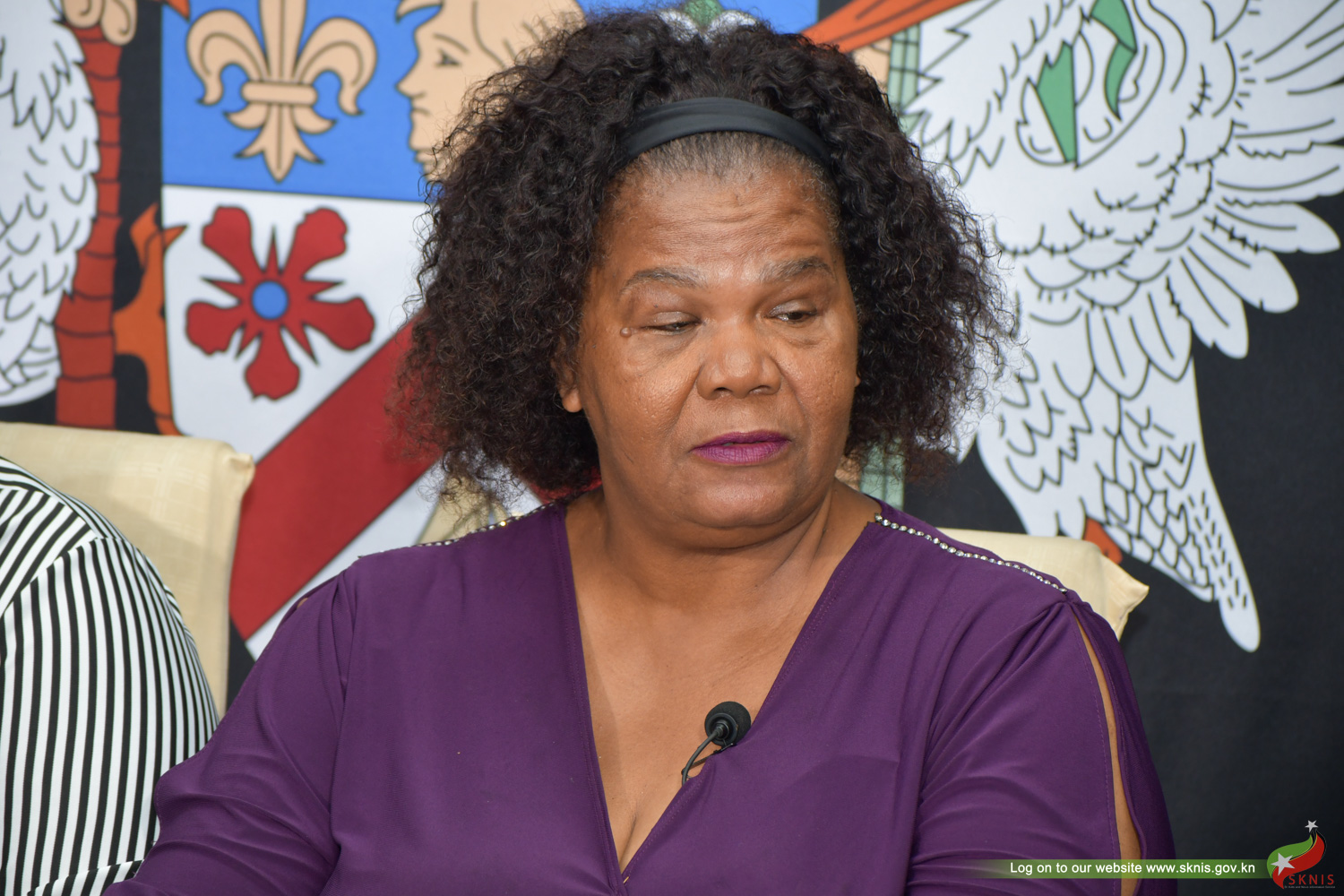
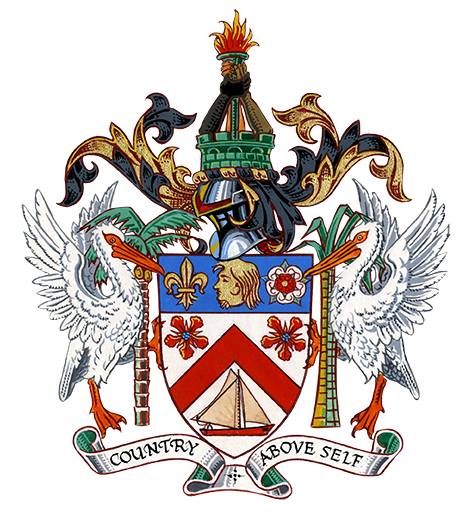
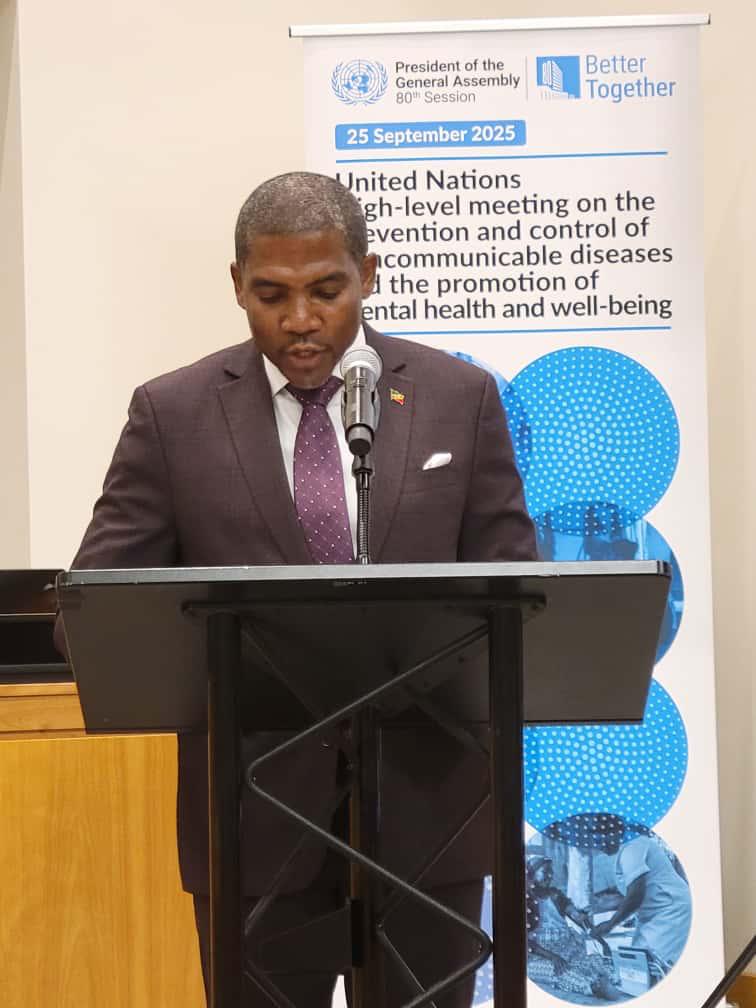

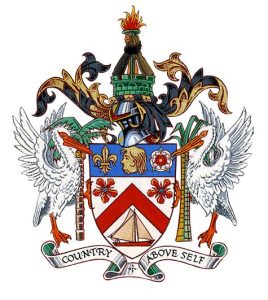
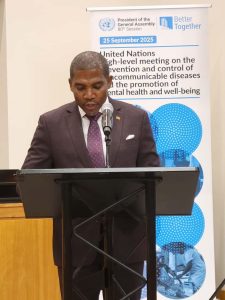

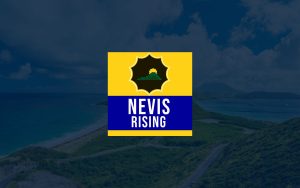
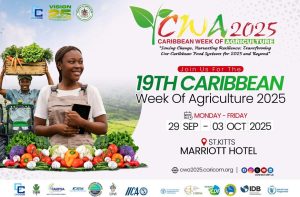

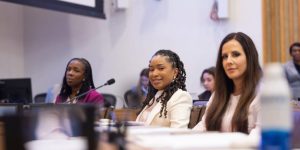
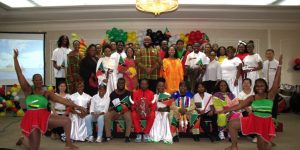
Post Comment